Are you noticing an entry marked “PMI” on your monthly mortgage statements? If so, you are paying for private mortgage insurance.
The relevance, cost, and ways to possibly avoid it might seem a little confusing. To help you potentially save between $50 and $250 each month, here is a comprehensive guide to PMI.
What is Private Mortgage Insurance?The reality of lending money is that it carries a risk, as some borrowers may default on their loans.
In an attempt to safeguard themselves from such risks, lenders opt for protection measures. Predatory lenders, such as payday loans providers, charge excessive interest to compensate losses from high default rates, regardless of legal bindings.
In the well-regulated home mortgage sphere, lenders use two main strategies for protection. Firstly, they put a lien on the property, enabling them to reclaim their loan through selling the property in case the borrower defaults.
However, foreclosure can be a lengthy and costly process for lenders, and properties sold this way usually fetch less than market price. For cases where the property has limited equity, lenders use a second protection: mortgage insurance. This insurance, which the borrower pays for, shields the lender against potential losses from borrower default.

Private mortgage insurance is a formal insurance policy provided by a licensed insurer. If a borrower defaults leading to losses for the lender after foreclosure and selling of the house, the lender makes a claim on the mortgage insurance policy. The insurer then compensates the lender for some or all of their losses.
The Significance of Down PaymentDown payment size determines if a borrower needs to pay mortgage insurance.
For those who pay 20% or more of the home value as down payment, and take a conventional mortgage rather than an FHA or VA loan, there is no requirement for PMI.
The percentage of the property’s value that you borrow, known as the loan-to-value ratio (LTV), dictates whether you have to pay for mortgage insurance. When the LTV exceeds 80%, mortgage insurance is mandatory.
Distinction Between Conventional vs. FHA, USDA, and VA LoansThe term “private mortgage insurance” is specific to conventional mortgages. Such loans typically conform to Fannie Mae or Freddie Mac loan programs.
Conventional loan programs permit borrowers to apply for PMI removal once their loan balance falls below 80% of the property value.

Several government agencies run specific loan programs to assist first-time borrowers with low down payments. The Federal Housing Administration’s loan program, one of the most common, allows for as low as 3.5% down payment.
However, this comes with a condition. If you pay 10% or less as down payment, you have to continue paying the mortgage insurance premium (MIP) for the entire duration of the loan, irrespective of the remaining loan balance.
For USDA loans applicable to rural properties, MIP works similarly. There is an upfront fee and ongoing monthly MIP fees for the term of the loan.
Military veterans can opt for VA loans, which need as little as 0% down and handle mortgage insurance differently. There are no monthly insurance premiums, but there is an upfront fee, the VA funding fee, which is often included in the loan.
VA funding fee requirements have exceptions, such as for disabled veterans and surviving spouses.
What Is the PMI Cost?
For conventional mortgages, expect to pay between $40 and $70 per month per every $100,000 of the loan. The PMI premium depends on your LTV and other risk factors.
For FHA loans, there is a 1.75% of the loan amount upfront mortgage insurance premium at closing. The monthly premium varies with the loan duration and your LTV.
USDA loans charge a lower MIP — 1% of the loan upfront and 0.35% of the loan annually for ongoing MIP, split into monthly installments.
VA loan borrowers pay varying amounts for the VA funding fee depending on their LTV and whether they’ve borrowed a VA loan before.
Ways to Avoid Paying Private Mortgage InsuranceEven though PMI is obligatory for certain loans, there are strategies to avoid it:
- Steer clear of FHA Loans: FHA home loans, aimed at first-time home buyers with low cash and weak credit, necessitate MIP for the entire mortgage loan duration.
- Make a 20% Down Payment: As 20% down payment or more eliminates the need for PMI, consider saving up to meet this threshold.
- Contemplate a Piggyback Mortgage: This yet uncommon program involves two mortgages – a primary one for 80% of the purchase price, a secondary one for 10%, and a 10% down payment. This option helps avoid PMI with the 80% mortgage.
- Rapidly Reduce Your Loan Balance: Borrowers who initially accept PMI charges can expedite their mortgage payments and apply for PMI removal as soon as the loan balance drops below 80% of the property’s market value.
- Mortgage Refinancing: Consider this option after carefully comparing the total remaining life-of-loan costs for your current mortgage and the total life-of-loan cost of a refinance.
In Conclusion
Though PMI represents an extra cost for home buyers making small down payments, it could be avoided by making a 20% down payment.
Understand the difference in mortgage insurance requirements for conventional and government-subsidized loans before signing on the dotted line. Knowing your options and understanding PMI rules can save you substantial money.
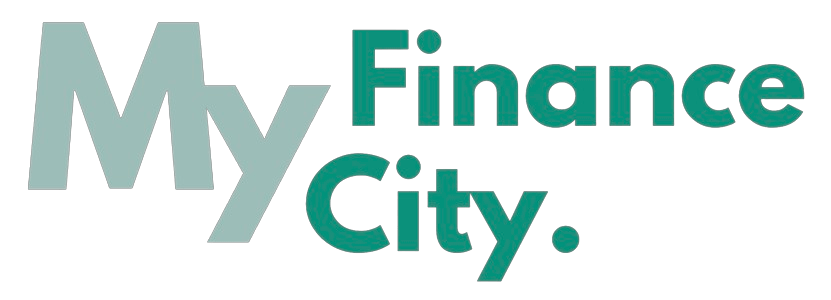



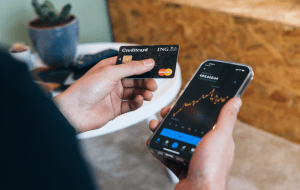
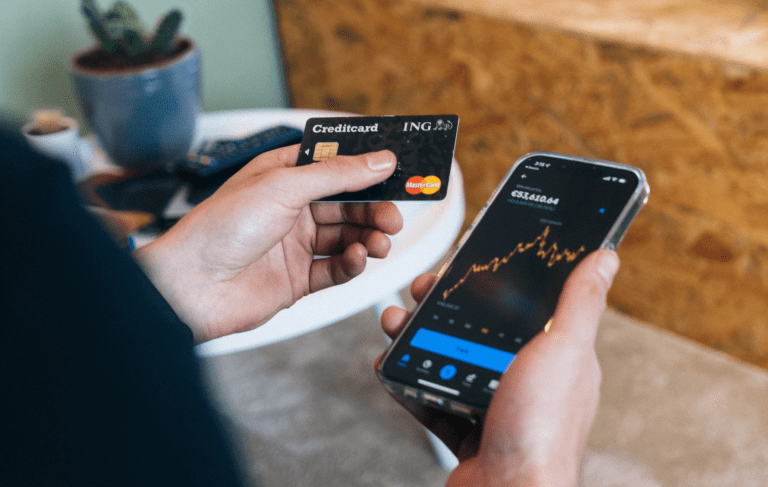

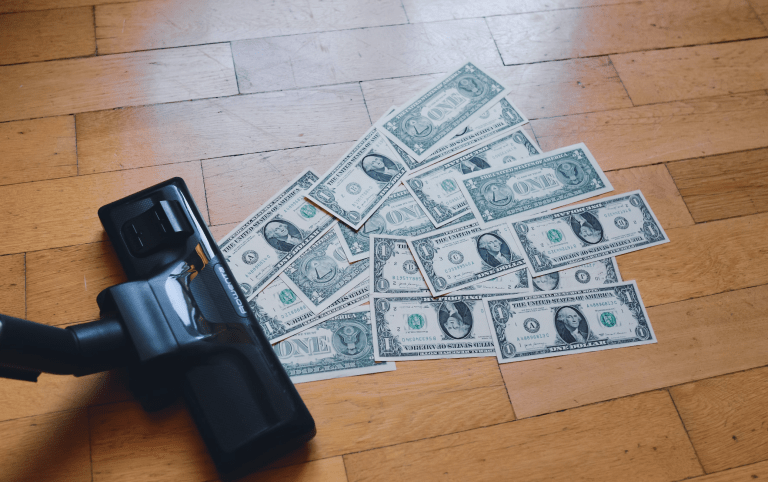
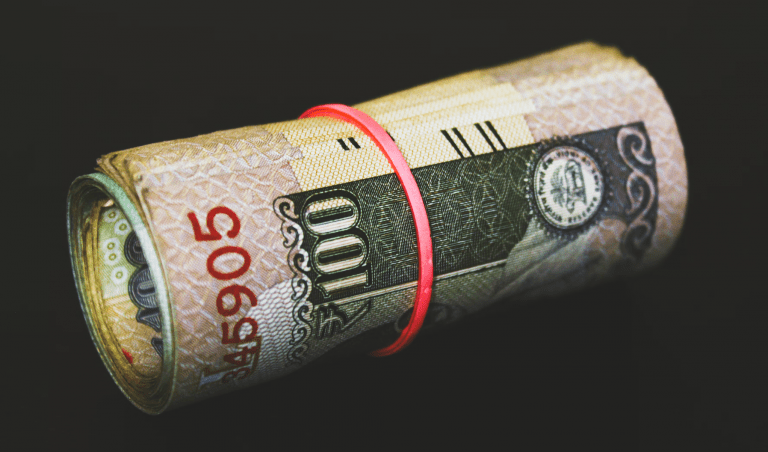

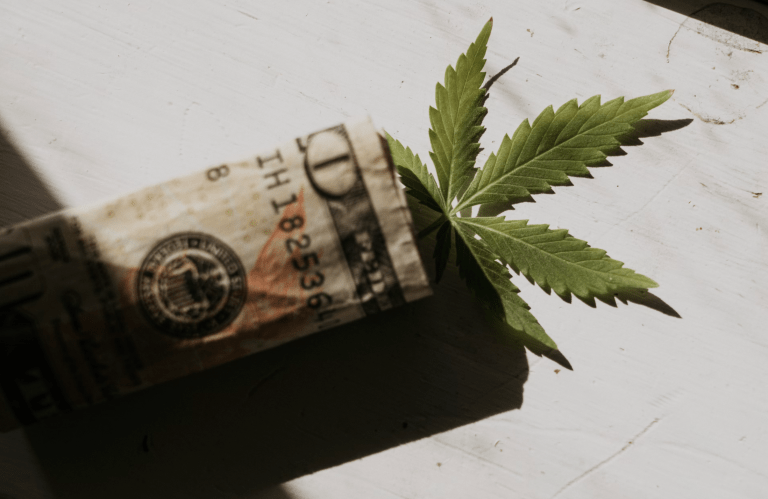
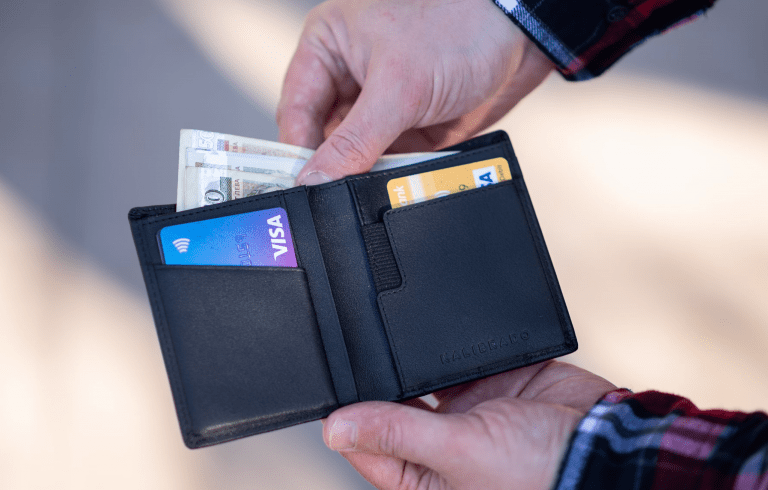

+ There are no comments
Add yours